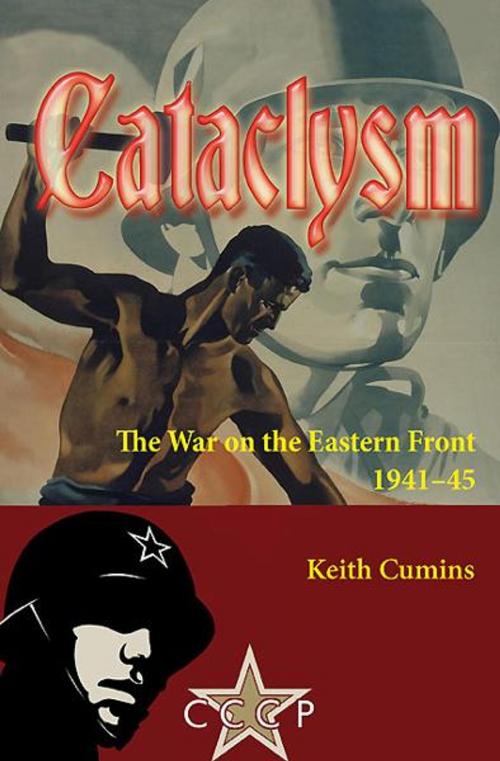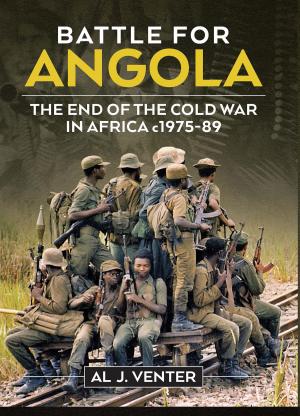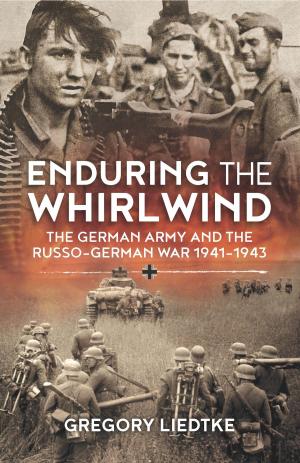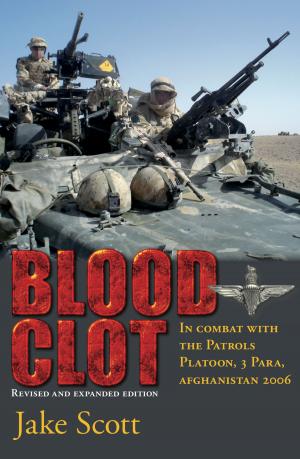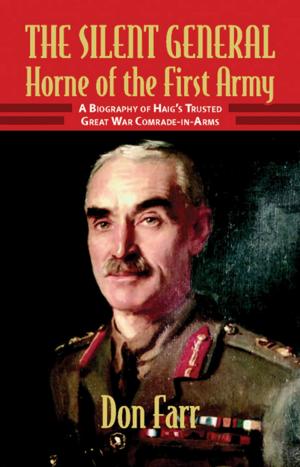Cataclysm: The War on the Eastern Front 1941-45
The War on the Eastern Front 1941-45
Nonfiction, History, Modern, 20th Century, Military, World War II| Author: | Keith Cumins | ISBN: | 9781907677816 |
| Publisher: | Helion and Company | Publication: | October 5, 2011 |
| Imprint: | Helion and Company | Language: | English |
| Author: | Keith Cumins |
| ISBN: | 9781907677816 |
| Publisher: | Helion and Company |
| Publication: | October 5, 2011 |
| Imprint: | Helion and Company |
| Language: | English |
It has been more than 60 years since the end of the Second World War, a conflict that shaped the second half of the Twentieth Century. The significance of the war, and its relevance to the lives of so many, has generated a legacy of published material on the topic sufficient to fill a library. Yet disproportionately few publications deal exclusively with the true cauldron of the conflict - the brutal and uncompromising war between Germany and the Soviet Union; and fewer still attempt to provide, in a single volume, a comprehensive overview of that war from the commencement of Operation Barbarossa to the last battle in the rubble-strewn streets of Berlin. Drawing on information from Soviet archives that have only become available since the collapse of the Soviet Union, 'Cataclysm: The War on the Eastern Front 1941-1945', is unquestionably the most successful attempt so far to achieve that goal. As Winston Churchill acknowledged, the Red Army tore the guts out of the Wehrmacht, and the story of how that happened, a story in which the events at Stalingrad were just one part, deserves to be told with greater frequency and to be understood more widely. From the enormous amount of detailed information currently available on the military struggle on the Eastern Front, condensing the events of a war of such scale and duration into a succinct narrative in a meaningful and balanced way has long been a challenging task. Yet the mortal conflict between Hitler's Germany and Stalin's Russia is deserving of the effort. 'Cataclysm' focuses on the ground fighting along the Eastern Front, for it was overwhelmingly the ground war that determined the outcome of the conflict. With the aid of concise supporting maps, the book provides a clear and comprehensive account of the ebb and flow of a four-year long conflict conducted across a thousand miles of frontline in the vast region between the Elbe and Volga. Describing the conflict in a predominantly chronological manner, the book's narrative nonetheless maintains an easy, flowing style, relating with clarity the sequence of events as the interwoven campaigns on different sectors of the long frontline unfolded. For anyone wishing to understand the war in on the Eastern Front, 'Cataclysm' is essential reading, and the book will prove to be an invaluable addition to any bookshelf.
It has been more than 60 years since the end of the Second World War, a conflict that shaped the second half of the Twentieth Century. The significance of the war, and its relevance to the lives of so many, has generated a legacy of published material on the topic sufficient to fill a library. Yet disproportionately few publications deal exclusively with the true cauldron of the conflict - the brutal and uncompromising war between Germany and the Soviet Union; and fewer still attempt to provide, in a single volume, a comprehensive overview of that war from the commencement of Operation Barbarossa to the last battle in the rubble-strewn streets of Berlin. Drawing on information from Soviet archives that have only become available since the collapse of the Soviet Union, 'Cataclysm: The War on the Eastern Front 1941-1945', is unquestionably the most successful attempt so far to achieve that goal. As Winston Churchill acknowledged, the Red Army tore the guts out of the Wehrmacht, and the story of how that happened, a story in which the events at Stalingrad were just one part, deserves to be told with greater frequency and to be understood more widely. From the enormous amount of detailed information currently available on the military struggle on the Eastern Front, condensing the events of a war of such scale and duration into a succinct narrative in a meaningful and balanced way has long been a challenging task. Yet the mortal conflict between Hitler's Germany and Stalin's Russia is deserving of the effort. 'Cataclysm' focuses on the ground fighting along the Eastern Front, for it was overwhelmingly the ground war that determined the outcome of the conflict. With the aid of concise supporting maps, the book provides a clear and comprehensive account of the ebb and flow of a four-year long conflict conducted across a thousand miles of frontline in the vast region between the Elbe and Volga. Describing the conflict in a predominantly chronological manner, the book's narrative nonetheless maintains an easy, flowing style, relating with clarity the sequence of events as the interwoven campaigns on different sectors of the long frontline unfolded. For anyone wishing to understand the war in on the Eastern Front, 'Cataclysm' is essential reading, and the book will prove to be an invaluable addition to any bookshelf.
